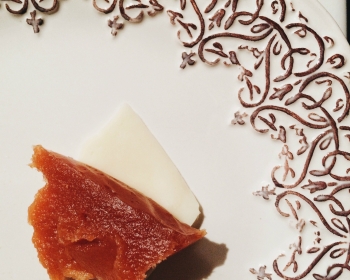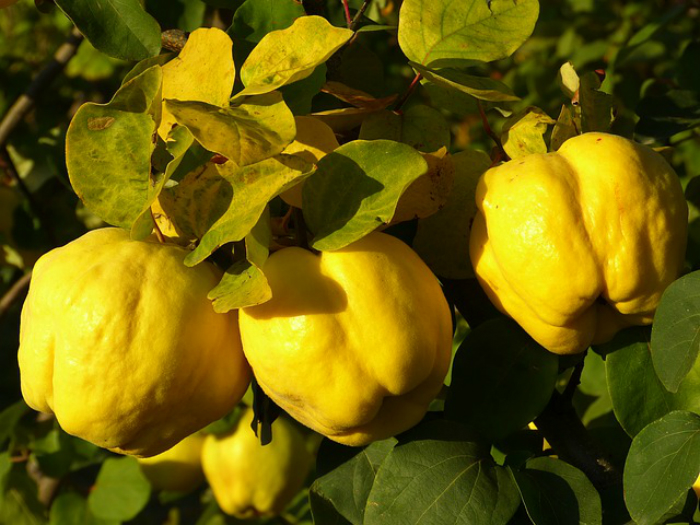Forget the love story that went wrong. In Portugal, Romeo and Juliet is marmalade with cheese!

Contrary to what happens with the play written by William Shakespeare, in Portugal the lovestory Romeo and Juliet has a happy ending. The main actors? Cheese and marmalade, which can either assume the role of an entry or a dessert. A duet that never fails and in the end, a mixture of sweet and sour is always surprising, mainly if the products are of good quality.
Marmalade is as simple as the result of quince (like an apple) cooked with sugar and reduced to puree. After distributed by bowls, these are covered with greaseproof paper and placed in the sun to dry. It is a Portuguese traditional dessert, with a vibrant orange red, and with an intense flavour. When paired with cottage cheese, fresh cheese or cheese from Serra da Estrela, the tasting is so exquisite.

It is said that Portuguese navigators always took marmalade boxes between the travel provisions. This is an example of a recipe that dispersed around the world and has survived virtually intact, after five centuries since the first known historical references.
The word marmalade was adapted to other languages like French marmelade, marmellata in Italian or English marmalade. The term applies to any type of tinned fruit sugar. For the British, quince marmalade is “quince cheese”.
